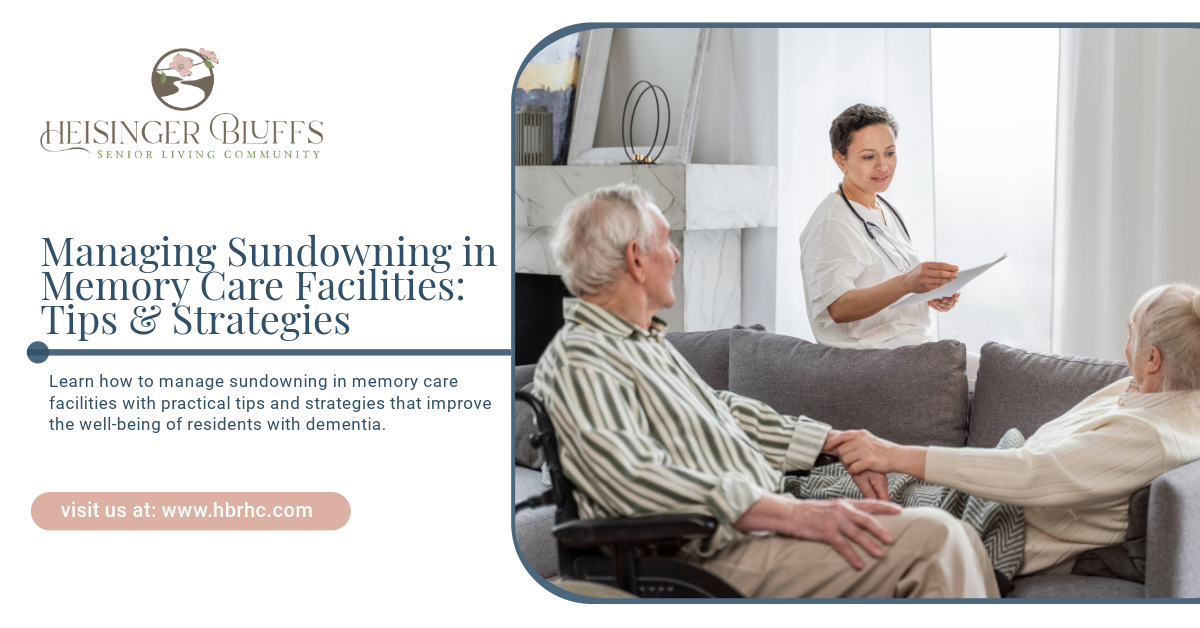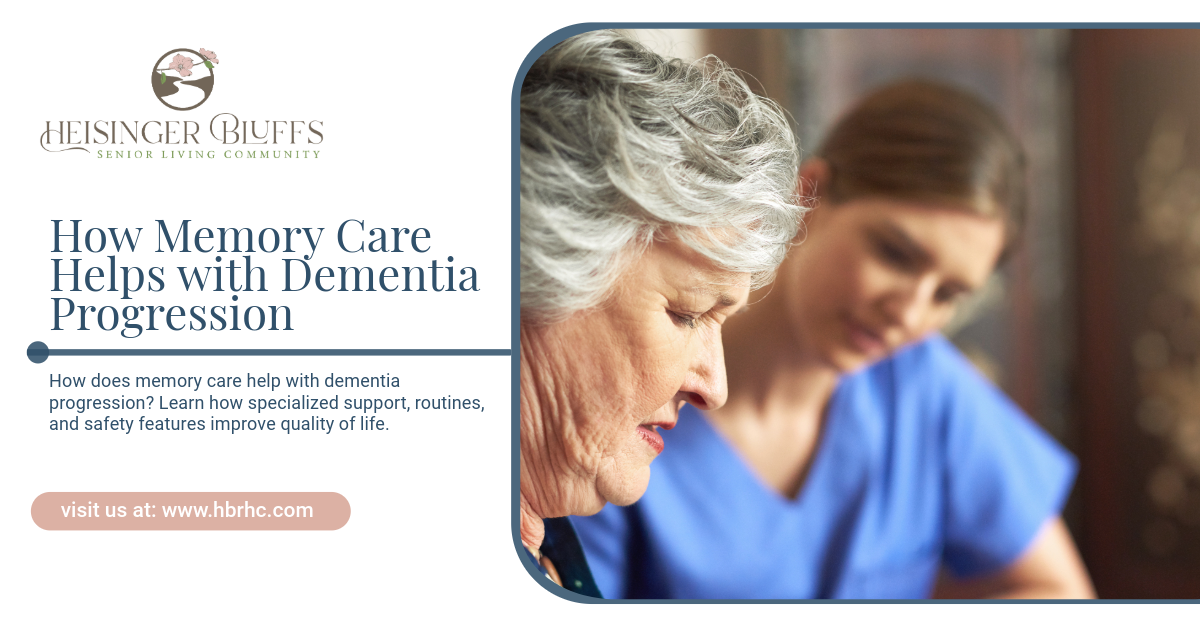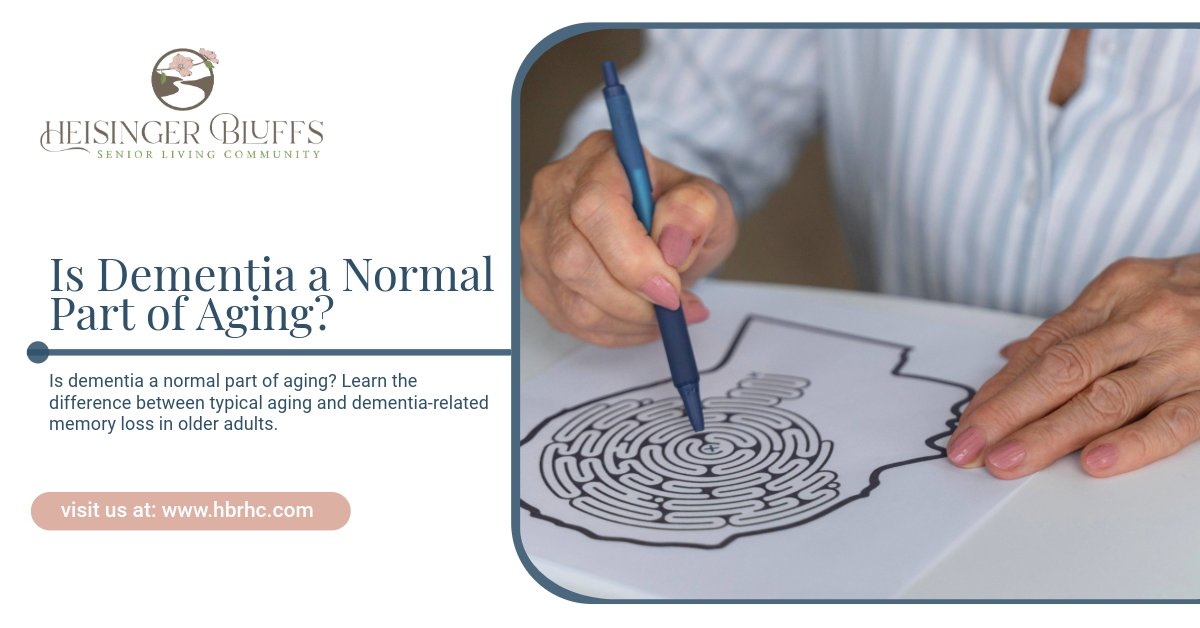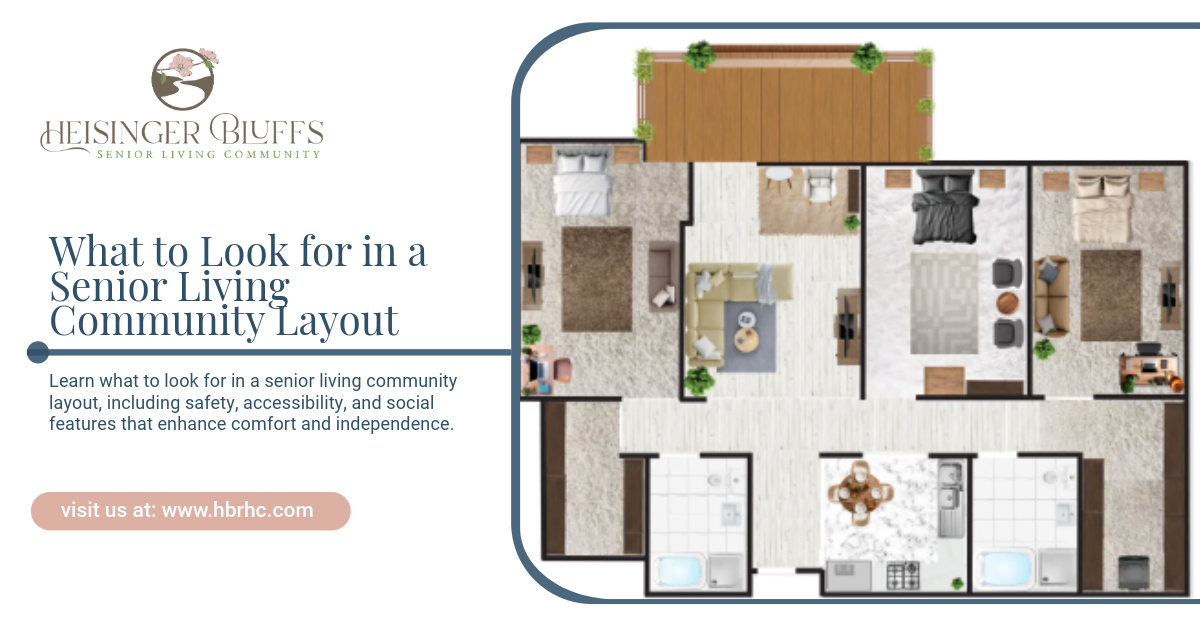Managing Sundowning in Memory Care Facilities: Tips & Strategies

Sundowning refers to a phenomenon often seen in individuals with dementia, particularly those living in memory care facilities. It typically manifests as increased confusion, agitation, anxiety, and disruptive behavior that occurs in the late afternoon or evening. For caregivers and healthcare professionals working with individuals in memory care settings, managing sundowning can present significant challenges. Understanding this behavior and implementing strategies to alleviate its impact is essential for improving residents' quality of life.
This article provides insights into sundowning, its causes, and practical strategies to manage it in memory care facilities. These tips can help caregivers and staff create a calm and supportive environment for residents experiencing this difficult symptom.
What is Sundowning?
Sundowning is a term used to describe the onset of behavioral and psychological symptoms of dementia that tend to worsen in the late afternoon or evening. People with Alzheimer’s disease, other forms of dementia, or cognitive impairment may become restless, confused, or even agitated as the day transitions into night. The symptoms of sundowning can range from mild restlessness to more severe behaviors, such as pacing, yelling, or aggressive outbursts.
While the exact cause of sundowning is not entirely understood, several factors are believed to contribute:
- Circadian Rhythm Disruption: The body’s natural circadian rhythm, which regulates sleep-wake cycles, can be disrupted in individuals with dementia. This disruption can make it difficult for them to differentiate between day and night, leading to confusion and restlessness during the evening hours.
- Fatigue: As the day progresses, individuals with dementia may become tired, which can exacerbate symptoms of confusion and irritability.
- Environmental Factors: Changes in the environment, such as dimming light or increased shadows, may make residents feel disoriented or anxious, leading to sundowning behaviors.
- Unmet Needs: Hunger, thirst, or discomfort from physical ailments can lead to distress, especially when individuals cannot effectively communicate their needs.
- Medications: Some medications used to manage dementia symptoms may contribute to sundowning by affecting mood or sleep patterns.
Identifying Sundowning Symptoms
Sundowning can present in various ways, and recognizing these symptoms early on can help caregivers and staff take proactive measures. Common signs of sundowning include:
- Increased Restlessness: Residents may start pacing, moving around frequently, or engaging in repetitive behaviors such as hand-wringing.
- Aggression or Agitation: Feelings of confusion or fear may manifest as irritability, yelling, or even physical aggression.
- Worsening Confusion: Residents may become more disoriented and may not recognize familiar people or surroundings.
- Sleep Disturbances: Those with sundowning may experience difficulty settling down to sleep or may wake up frequently throughout the night.
- Mood Swings: Sudden shifts in mood from calm to anxious, fearful, or upset are common during sundowning episodes.
Understanding these symptoms is key to providing the right care and interventions.
Strategies for Managing Sundowning
Managing sundowning requires a multifaceted approach that includes environmental, behavioral, and medical strategies. Below are some effective tips to manage sundowning in memory care facilities.
1. Create a Consistent Routine
Establishing a consistent daily routine is crucial for individuals with dementia. Predictable routines help reduce anxiety and confusion by providing structure throughout the day. Set regular times for meals, activities, and bedtime to promote stability. Knowing what to expect can help residents feel more secure and less likely to experience distress as the day progresses.
2. Ensure Adequate Lighting
As the evening sets in, individuals with dementia may become more disoriented due to dim lighting and increased shadows. To reduce confusion and anxiety, keep the environment well-lit. Use soft, warm lighting to create a calm atmosphere and avoid harsh, bright lights that could feel jarring. Night lights in hallways and bathrooms can also help residents feel safer at night.
3. Encourage Physical Activity During the Day
Engaging in physical activity during the day helps reduce restlessness and anxiety that may build up as evening approaches. Encourage residents to participate in light exercises, such as walking or stretching, and involve them in activities that are stimulating but not overly tiring. Physical activity promotes better sleep, which can help reduce the severity of sundowning symptoms.
4. Limit Napping During the Day
While short naps can be beneficial, excessive daytime napping can interfere with sleep at night and contribute to sundowning. Encourage residents to stay active and engaged during the day to help maintain a healthy sleep-wake cycle. If residents feel tired in the afternoon, offer quiet, restful activities to relax without encouraging long naps.
5. Offer a Calm and Soothing Environment
Creating a calm, peaceful atmosphere in the late afternoon and evening is essential for managing sundowning. Reduce noise levels and avoid overstimulation from loud television or crowded areas. Play calming music or engage in activities like art therapy, reading, or gentle conversation to promote relaxation.
6. Provide a Healthy Diet and Hydration
Ensure that residents receive regular meals and snacks throughout the day, as hunger or dehydration can contribute to agitation and confusion. Offer light snacks in the evening, such as fruit or crackers, to prevent hunger from becoming a source of discomfort. Also, be mindful of caffeine intake—avoid giving caffeinated beverages in the afternoon or evening to prevent interference with sleep.
7. Use Therapeutic Approaches
Therapies such as aromatherapy, massage, or sensory stimulation can help soothe individuals with dementia during sundowning episodes. Lavender, for example, is known for its calming properties, and incorporating calming scents into the environment may help reduce agitation. Likewise, offering sensory activities, such as holding soft fabrics or listening to soothing sounds, can provide comfort.
8. Monitor Medications and Side Effects
Review the medications residents are taking with their healthcare providers. Some medications may contribute to sundowning symptoms or worsen confusion. If necessary, adjust medications or explore alternatives that minimize agitation and help promote better sleep patterns.
9. Provide Emotional Support
During sundowning episodes, residents may feel vulnerable or scared. Providing emotional support and reassurance is essential. Gently approach individuals who are agitated, offer a calming voice, and provide comfort through touch or companionship. Sometimes, simply sitting quietly with a resident can help them feel secure.
10. Involve Family and Caregivers in the Process
Families and caregivers play an important role in managing sundowning. Encourage family members to maintain open communication with staff and provide valuable insights into their loved one's preferences, routines, and triggers. Collaborative efforts between caregivers, family members, and staff are essential for effective sundowning management.
Conclusion
Managing sundowning in memory care facilities is an ongoing process that requires a thoughtful, patient, and individualized approach. By creating a structured routine, providing environmental cues, and incorporating calming strategies, caregivers can help reduce the frequency and intensity of sundowning episodes. While this challenging symptom of dementia is not always fully preventable, these strategies can significantly improve the well-being and quality of life for individuals affected by it.
If you’re looking for a supportive, safe, and nurturing environment for your loved one with dementia, consider a memory care facility that understands the importance of personalized care. At Heisinger Bluffs, we are committed to providing compassionate care for individuals experiencing memory loss and sundowning. Our trained staff work closely with families to ensure the best possible care for each resident.
Frequently Asked Questions
What causes sundowning in individuals with dementia?
Sundowning is often caused by a disruption in the circadian rhythm, fatigue, environmental changes, unmet needs, and sometimes medication side effects. These factors can increase confusion and agitation in the late afternoon or evening.
Can sundowning be prevented?
While sundowning cannot always be completely prevented, creating a structured routine, providing a calm environment, and addressing potential triggers can help reduce its severity.
How can I help my loved one with sundowning at home?
To help manage sundowning at home, establish a consistent daily routine, ensure the home is well-lit, encourage physical activity, limit caffeine, and create a calming environment in the evenings. Regular communication with healthcare providers about medications is also important.











